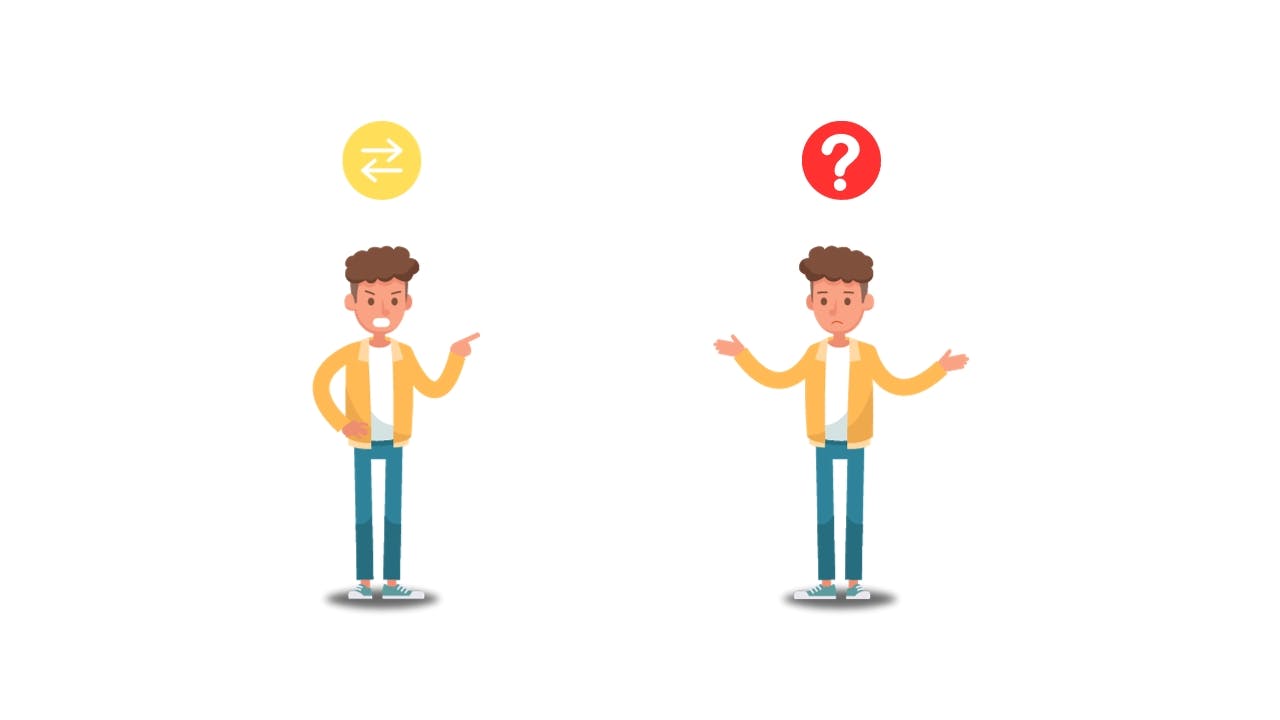Breaking Free: My Journey Out of Tutorial Hell
How tutorial hell made an impact on my learning journey
Introduction
Tutorial hell is a cycle of endless consuming tutorials by learners without practical application. You constantly follow coding tutorials but struggle to write code without step-by-step guidance. You find yourself unable to finish a project without referring back to tutorial.
You are like a language learner who uses only learning apps, but never speaks with native speaker
I was wondering how to explain to myself that isn't a good way to learn anything and decided to look at how it can be explained by a scientific view.
Cognitive Load Theory and Tutorial Dependency

Normal Flow:
You watch a tutorial or read official documents, and the information goes into your sensory memory you actively engage with the content, trying to understand it and relate it to what you already know.
You practice what you've learned by doing projects or applying the knowledge and the information goes into your working memory. The more you practice it fills your long-term memory.
Later, when you need that information, you recall it from long-term memory back to your working memory for use.
Tutorial Hell Flow:
You keep watching tutorials without actively engaging or practicing what you've learned. Without practicing or using the information, it remains in your sensory memory and doesn’t move forward to working memory.
Since you never practice it doesn't get to your long-term memory. Later, when you need that knowledge, it's hard to recall because it never made it to your long-term memory.
How tutorial hell made an impact on my learning journey

The start of my learning journey wasn't uncommon. I started watching YouTube videos named "How I would Learn to Code (If I Could Start Over)" After that, I bought the Udemy course Java Masterclass by Tim Buchalka Academy.
In the beginning, I was absorbing every video but didn't even realize that my desire had changed from learning to "how to end this course faster and start the next one". Instead of trying to apply my knowledge, I find out one more course. If I was making an effort to build something I wasn't able to do it, and the first thing that came up to my head I'm not ready I need one more course and repeat.
What changed?

As I said before I was a learner of language who used only learning apps and never spoke with native speakers. The best method was to start building something. I started creating the basic console calculator that was made before with tutorials, but the goal was to do it without help, only Google. It wasn't fast, but when I did one, I felt a "power" in my hands like a puzzle was assembled. The link for the repo https://github.com/BykaWF/Calculator. Yes, looks creepy, but I like it.
From this moment everything began changing, then I tried to build a guide for Spring Security when they deprecated WebSecurityConfigurerAdapter, I read the official documentation and attempted to implement concepts and share them. Here's the link to Spring Security without WebSecurityConfigurerAdapter.
Also, I built the project PageFlow which includes different futures that I learned. If read or watch anything I try to implement it in my project aka my portfolio. The link for the repo https://github.com/BykaWF/PageFlow. Less creepy.
Conclusion

In conclusion, being stuck in tutorial hell slowed my learning journey until I decided to break free. By actively working on hands-on projects, like creating a console calculator and tackling Spring Security challenges, I experienced a transformative shift.
The key takeaway from my story is that finding a balance between tutorials and real-world applications is necessary for effective learning. It's not about just absorbing information but applying it in a practical way that truly enhances your skills.
